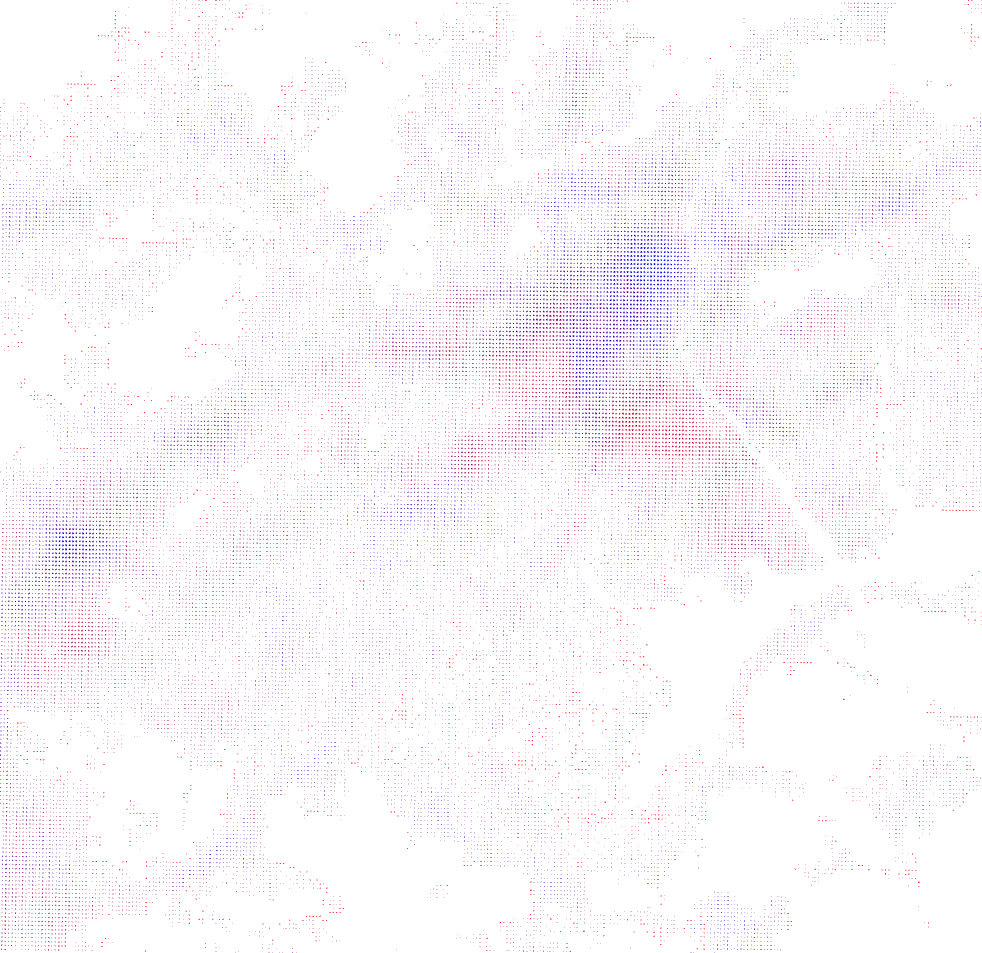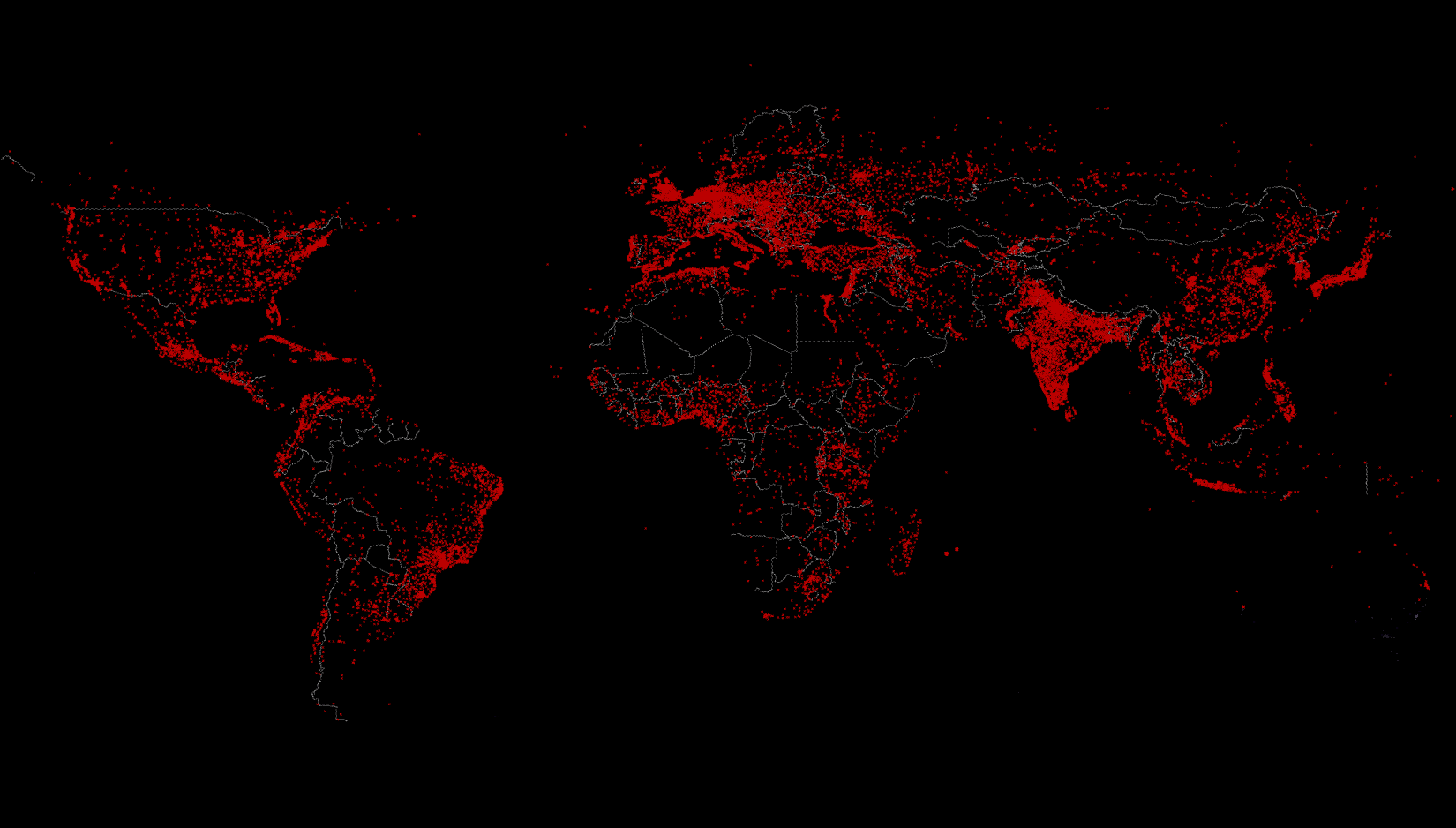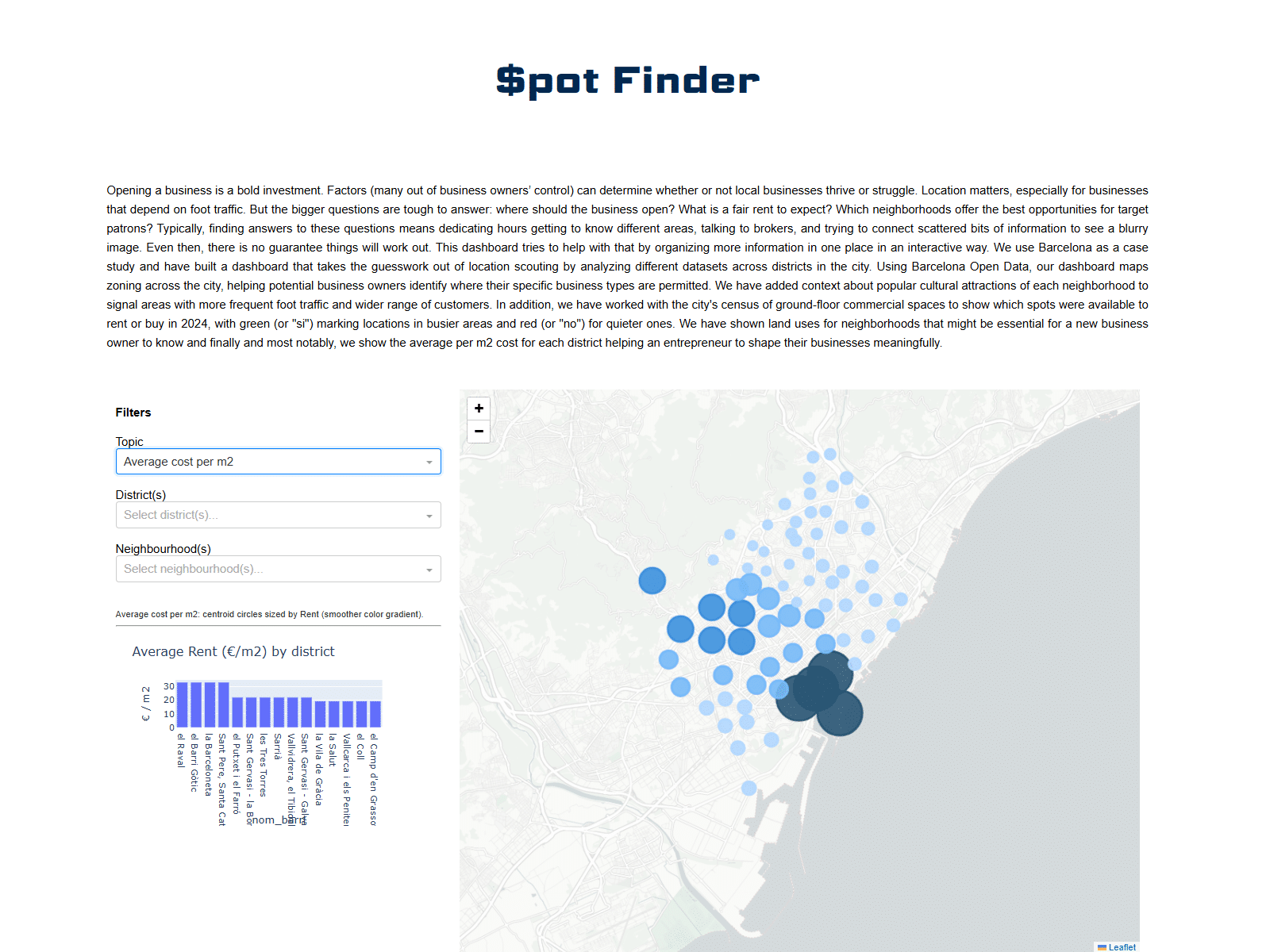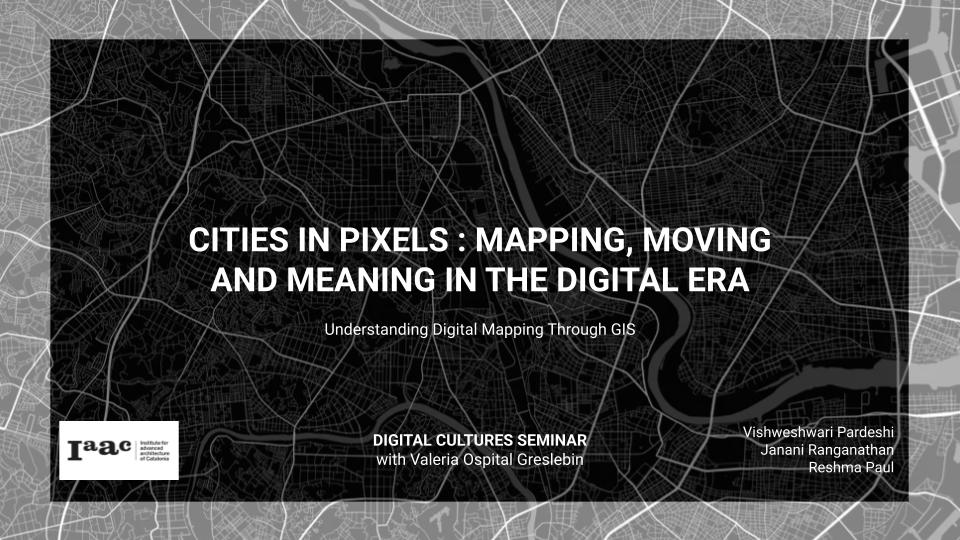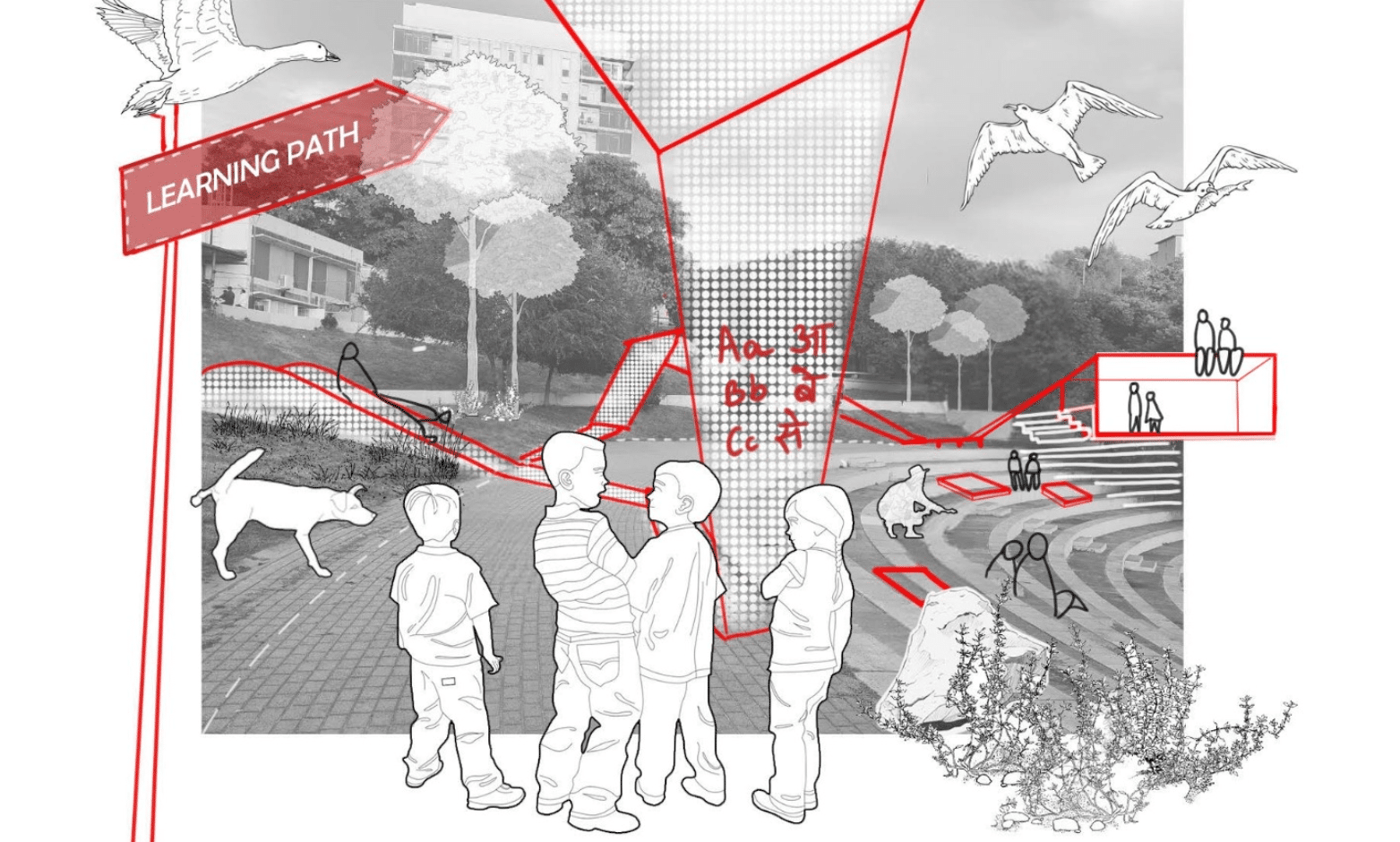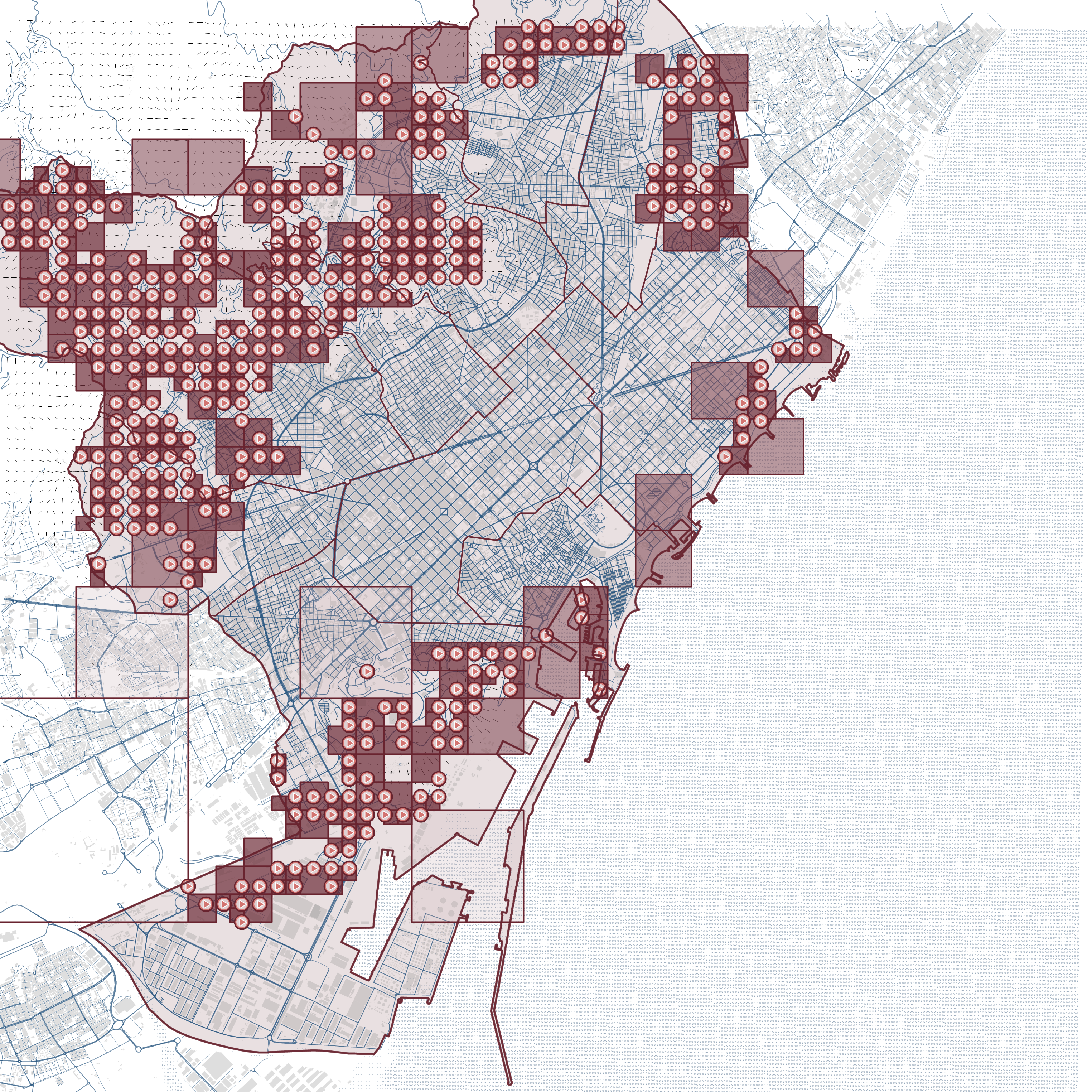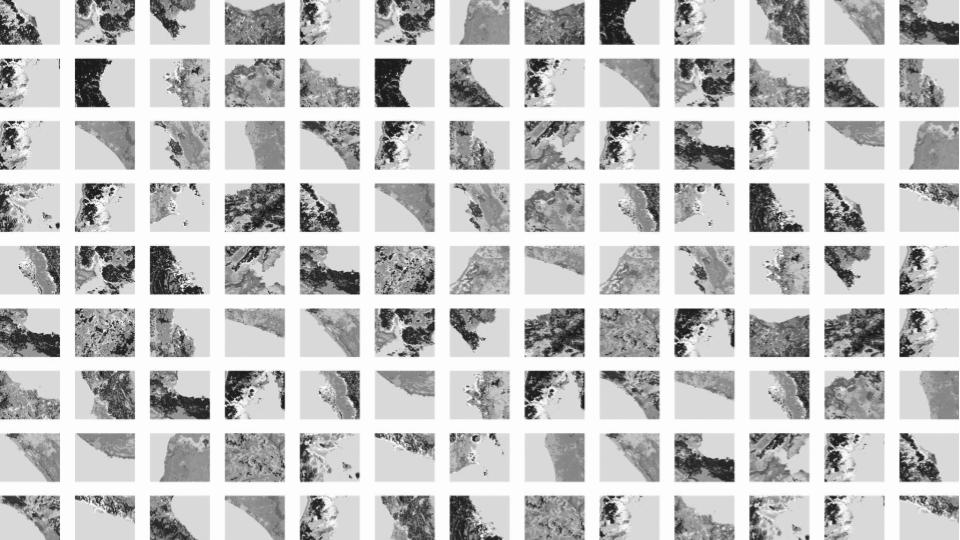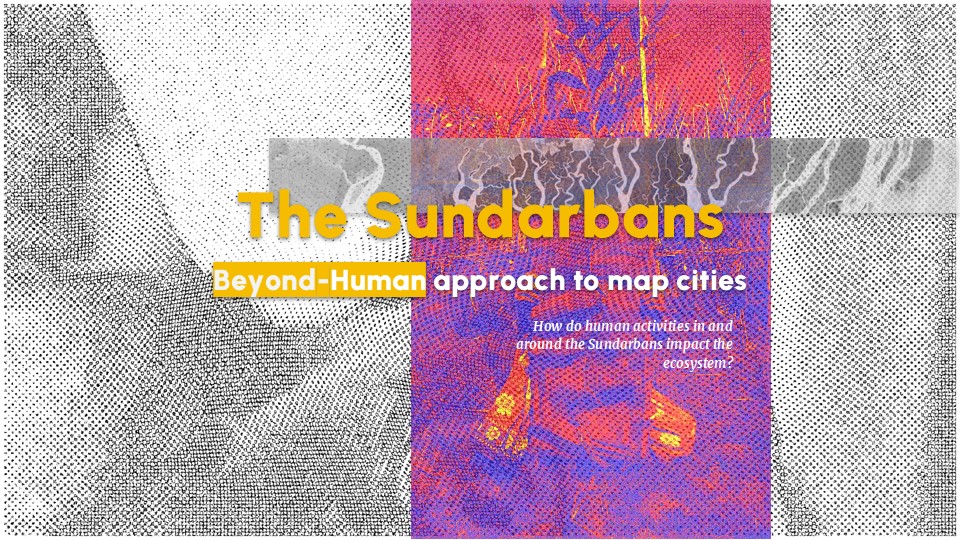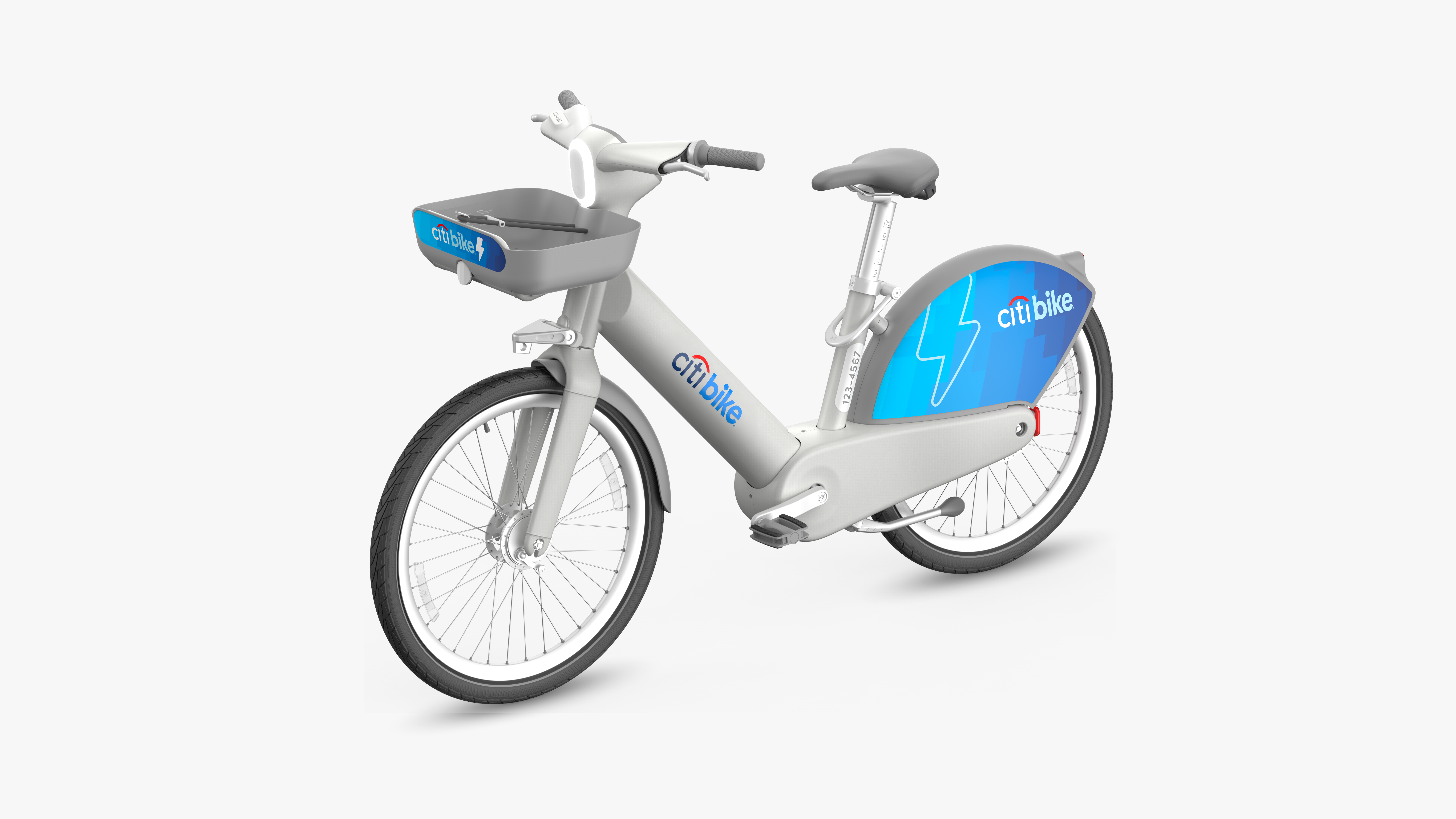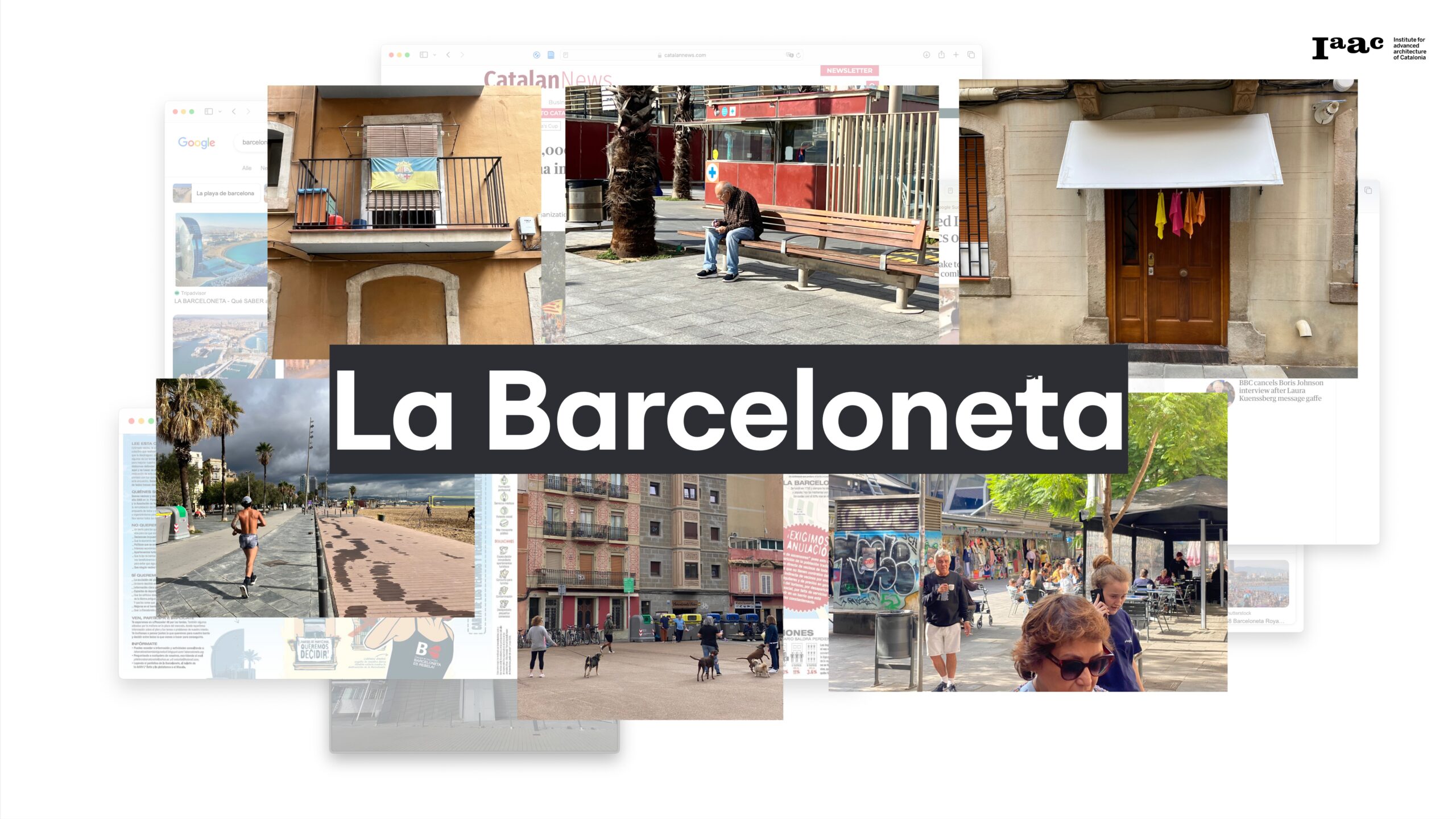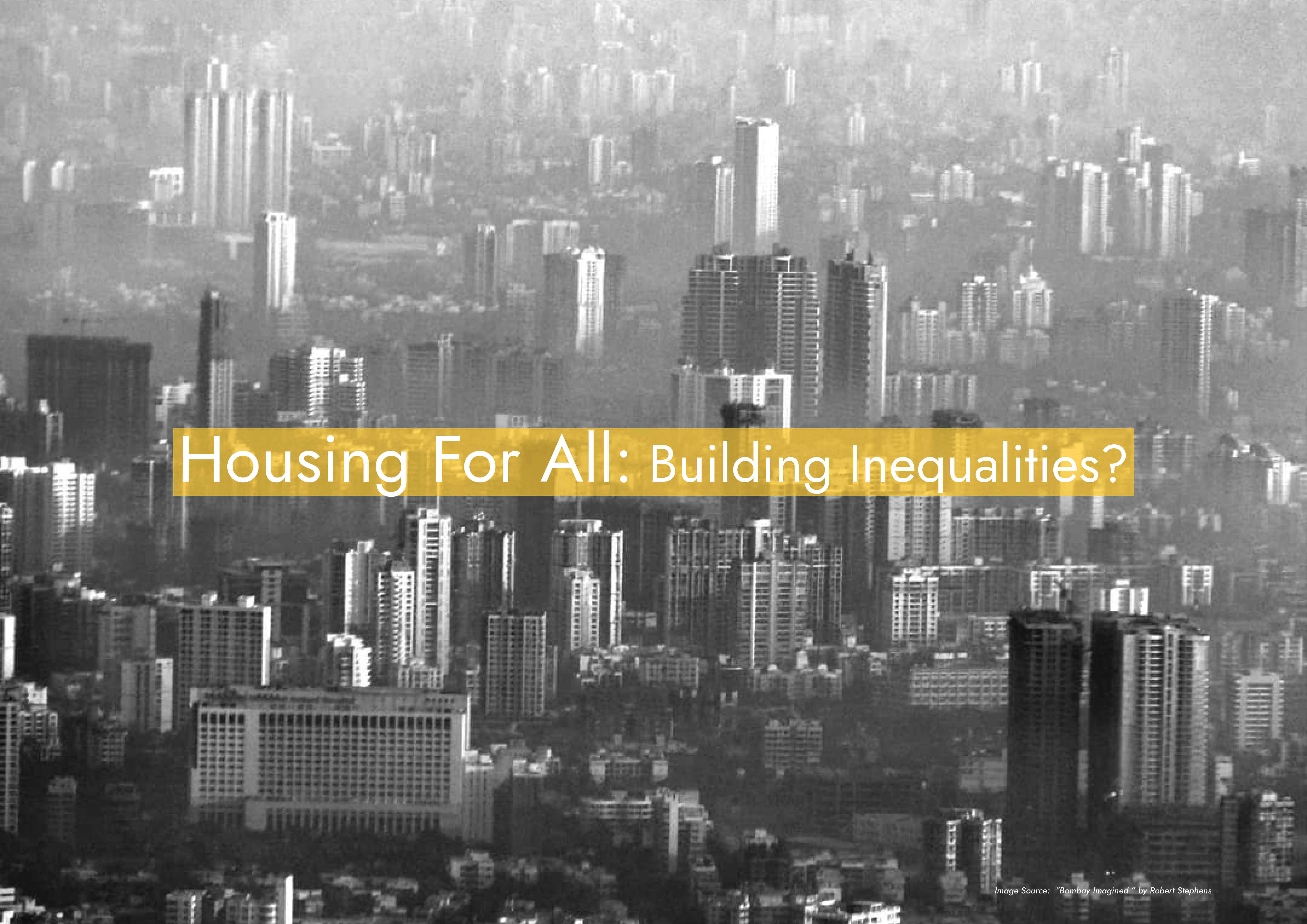Longevity Landscapes
Mapping Proximity to Wellbeing Amenities in Urban Areas “For most of us from now on, life and death will be an urban affair.”— World Health Organization As cities become the primary environments in which people age, longevity can no longer be understood as a rural or lifestyle-driven phenomenon alone. Inspired by — but critical of … Read more

